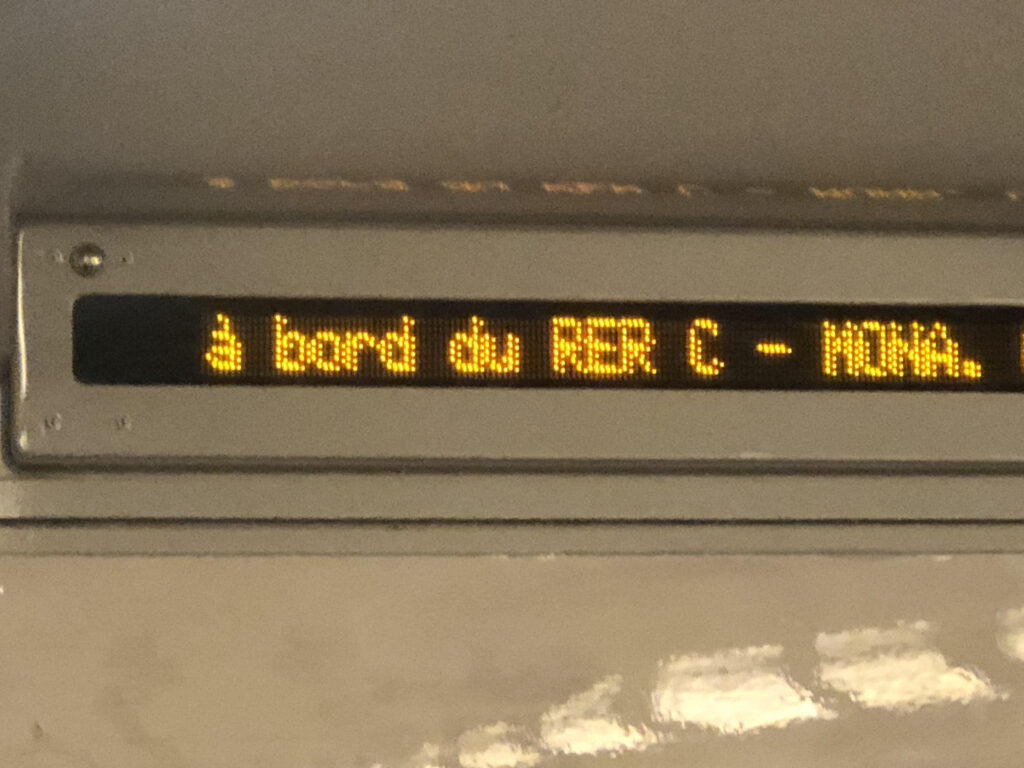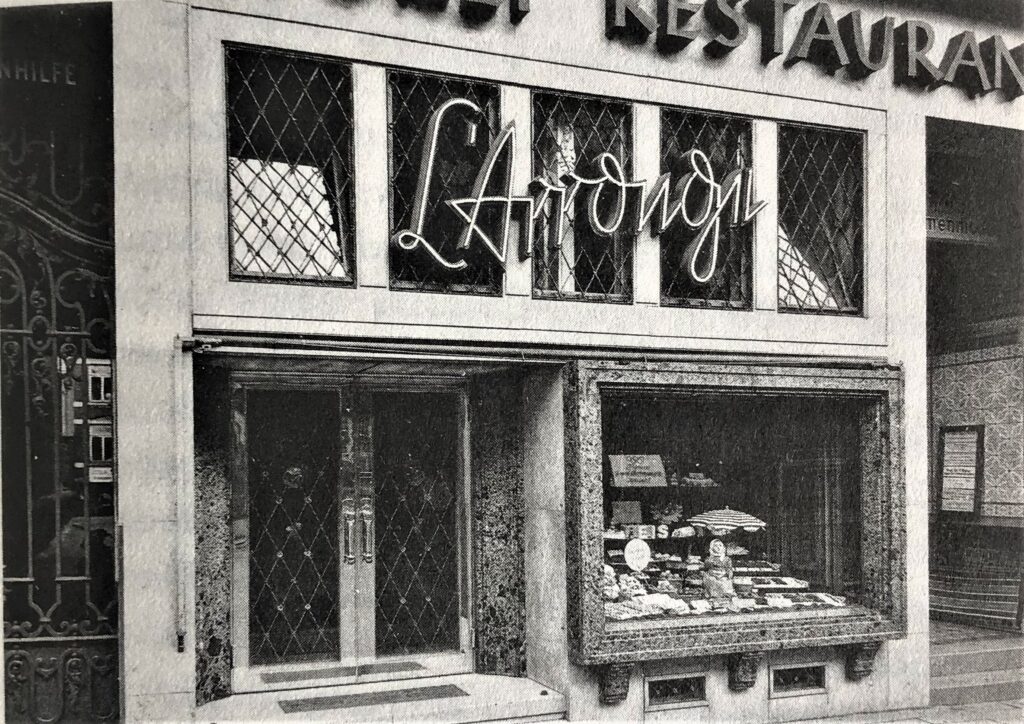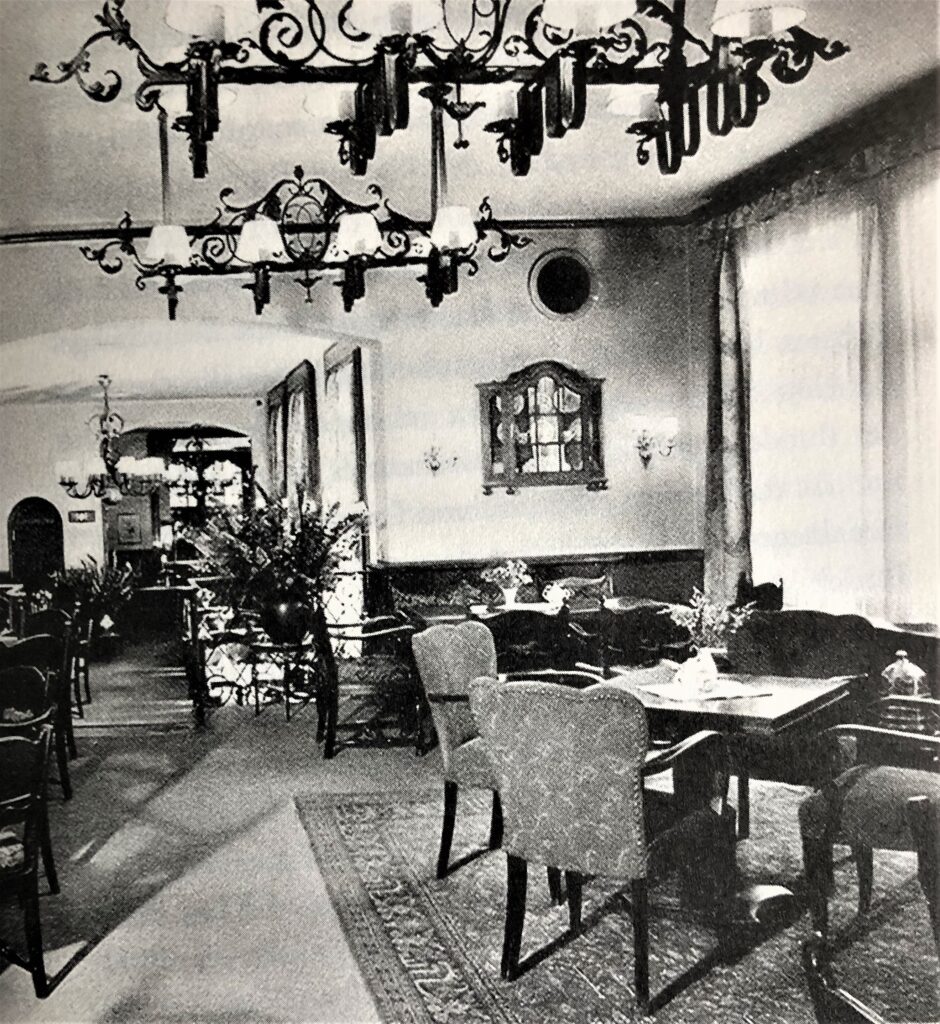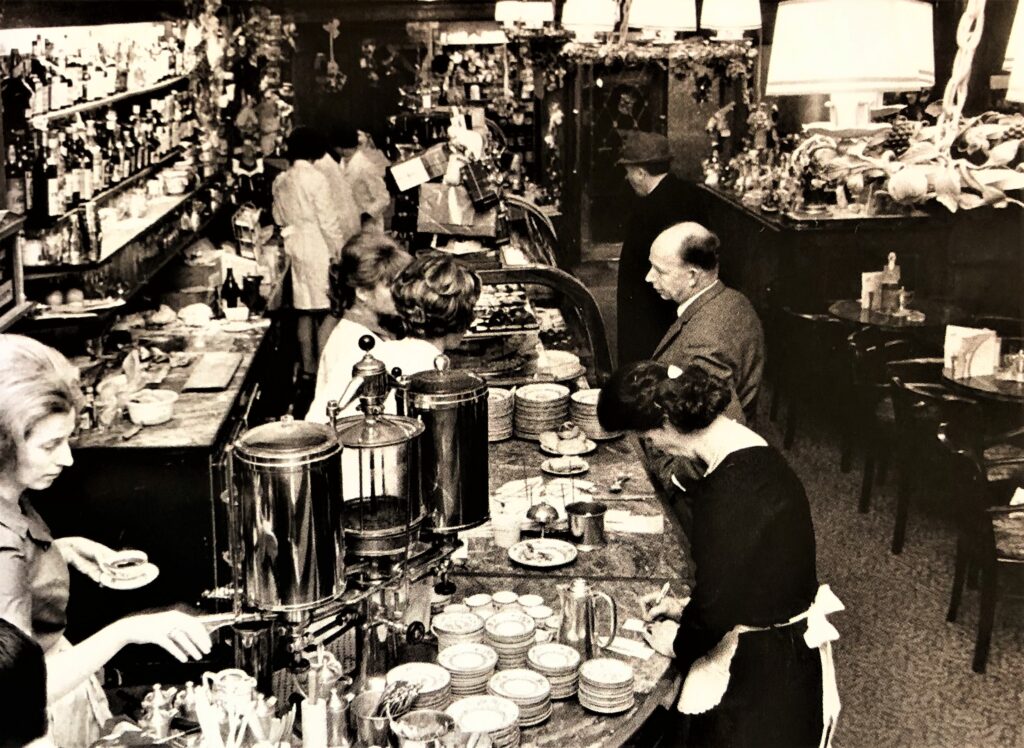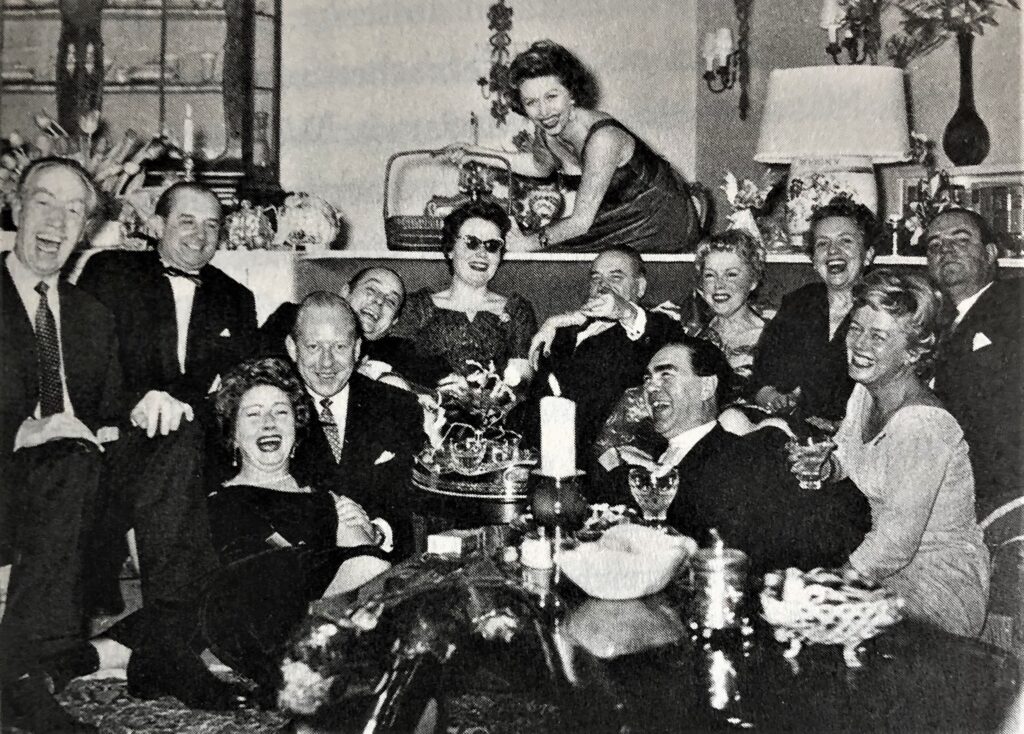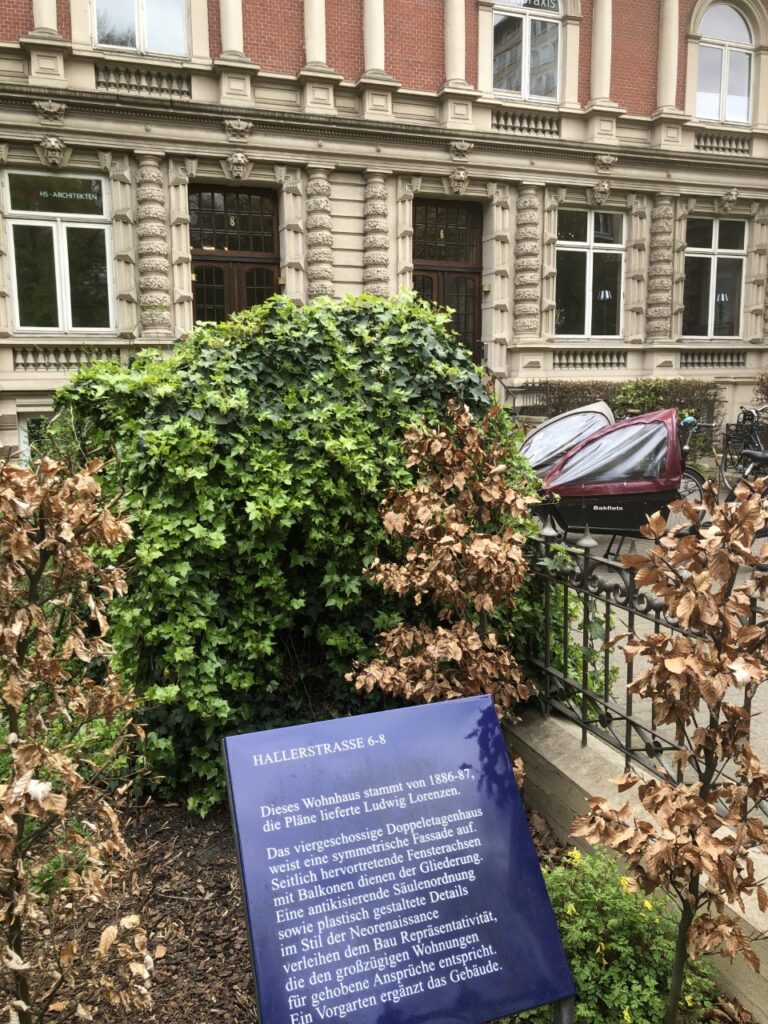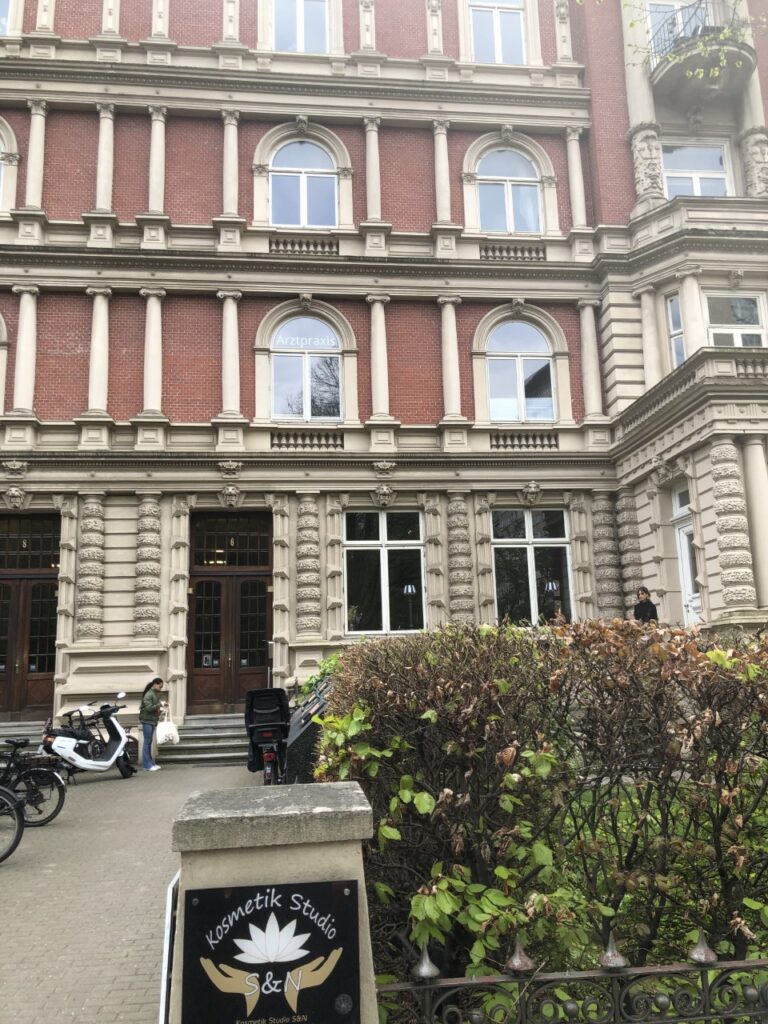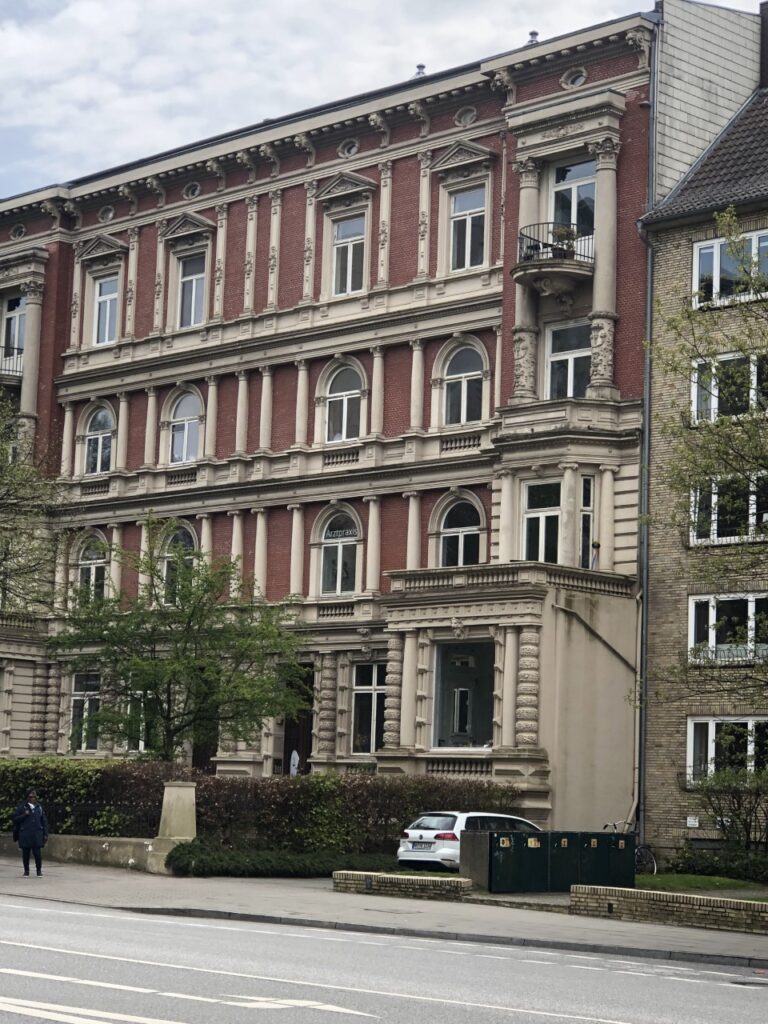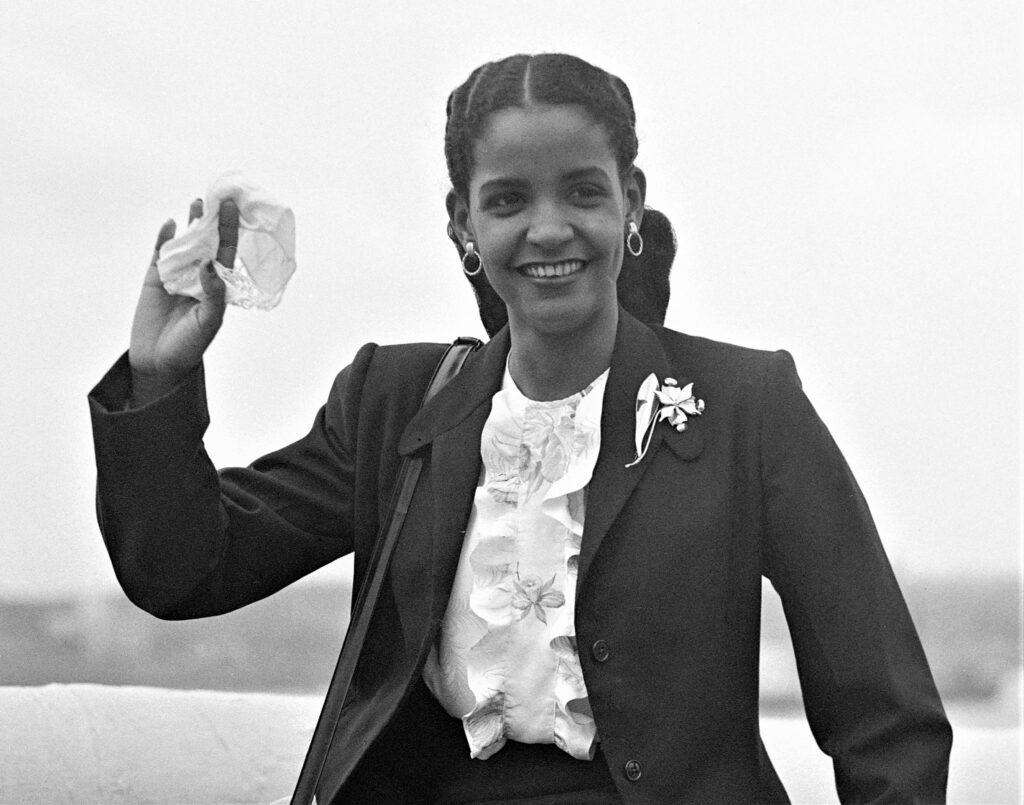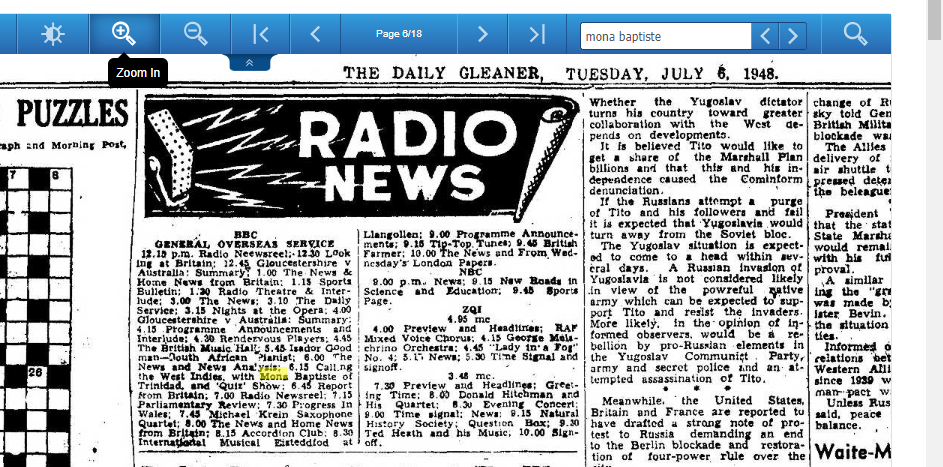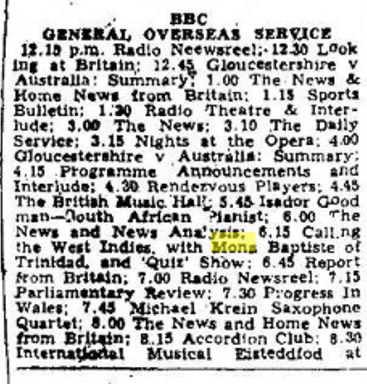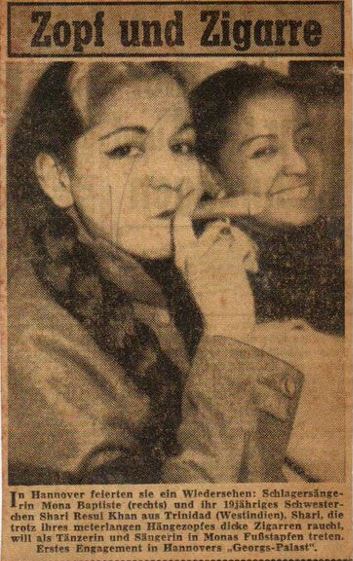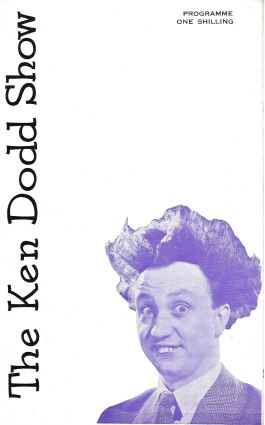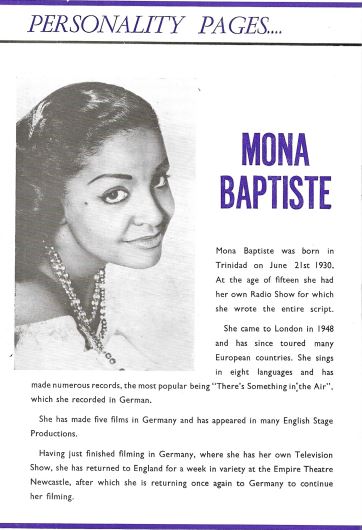In 1949, little more than a year after arriving in London, Mona was invited to perform at one of the most prestigious nightclubs in Paris, La Nouvelle Eve. Situated in the Montmartre area, the club is still open and in 2023, for about €100, it is possible to enjoy a ninety minute show and a meal while sipping champagne.
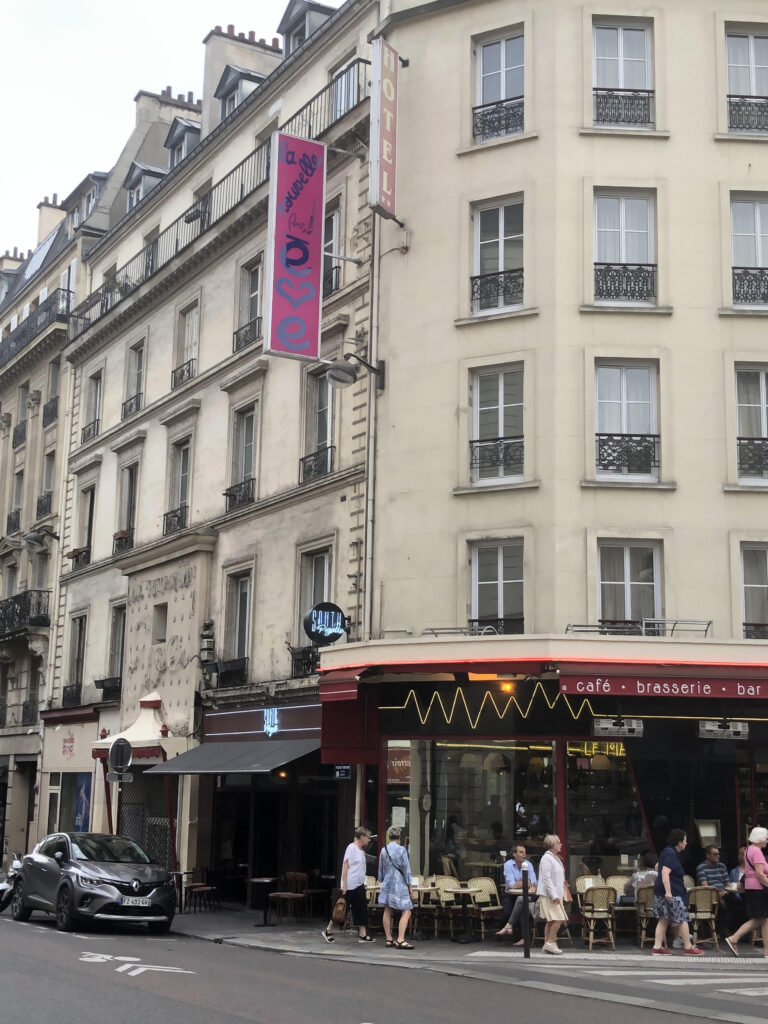
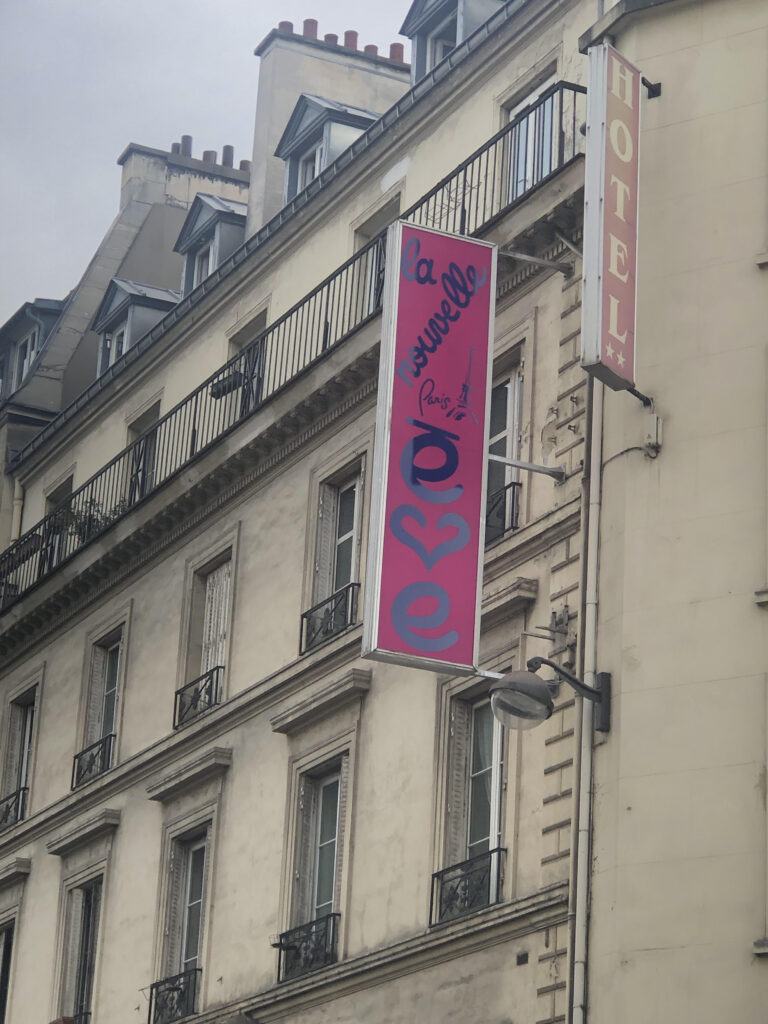
The character of Montmartre has changed little in the intervening years, it is still where the city lets its hair down, hoicks up its skirts and dancing girls see how high they can kick their legs. There are many words that can be used to describe it, some might say ‘vibrant’, others ‘sleazy’. La Nouvelle Eve is, literally, a stone’s throw from the famous Moulin Rouge, also still very much a going concern.
As a working singer Mona would have had to go where the work was and she would have been no stranger to areas like this, St Pauli in Hamburg and Soho in London would have had a very similar vibe. Mona was still only twenty three but international stardom was already beckoning.
Whilst visiting Paris in 2023 we noticed that the trains on the Metro were given names. We like to think that one of the trains we travelled on was named in honour of Mona!
